5 Tips for Sourcing Sustainable Fabrics
As someone who has been a supporter of sustainable fashion for years, I’m really happy to see so many brands starting to make positive change. There’s many ways that you can make a clothing brand more eco friendly and there’s a lot of considerations. A big way in which you can reduce your environmental impact is by choosing appropriate fabrics. It can be hard to know what options are really sustainable though, so I wanted to write this post to help you when purchasing sustainable fabrics.
Not All Bio-based Fabrics Are Good
There’s a lot of talk about the benefits of bio based fabrics, with two of the highlights being that they’re from a natural source rather than derived from oil. Plus, when processed correctly they can bio-degrade unlike fabrics like polyester that will sit in landfill for decades, or even longer, due to the slow decomposition process.
The problem is that a lot of articles I see imply that all bio based fabrics are good - this is simply not the case. For example, viscose is derived from trees and in most cases uses lots of harmful chemicals to break down the fibre into something useable. Plus, if we’re cutting down trees and not replanting them, we’re simply contributing to deforestation and loss of wildlife habitats…..not sounding so eco-friendly now is it?
Another example is cotton, which is often referred to as the ‘world’s dirtiest crop’ due to the huge amount of chemicals used in the process. Plus, it’s a super thirsty plant, meaning that it uses a lot of water, sometimes at the cost of local communities.
Therefore when sourcing fabrics, it’s important to check the origin and the production process and not just take the natural fibre content (such as viscose or cotton) as an indication of the fabric’s sustainable credentials.
Recycled Polyester Clothing Contributes to Microplastics in the Sea
Unfortunately we’re not yet in a position where it’s possible to have fabrics that are 100% sustainable, though I hope with advances in science and technology, we’re not too far off from that point. Fabrics created from recycled plastic waste, sometimes pulled from the sea have gained popularity in recent years, especially in the swimwear market. It’s great to be cleaning up the oceans and recycling plastic. But, we should be aware that fabrics derived from plastic, like polyester, nylon, acrylic and polyamide - recycled or not - will release mircoplastics when washed. If you’re not familiar, mircoplastics are tiny pieces of plastic that make their way into our rivers and seas. It’s causing problems here because of fish eating the microplastics and then subsequently birds, bears, people, etc then eat the fish and they themselves contain plastic - not ideal for someone’s health.
Sadly right now, most performance fabrics are derived from plastics, so in some cases using these recycled options are the best way forward for sustainability. If you’re using these, it’s key to communicate with your customer about microplastics. There’s even products you can buy that capture microplastics in the wash and stop them heading to the sea, which you could advise your customer on.
Oeko-Tex testing doesn’t always relate to sustainability
If you've already been searching for sustainable fabrics, you might have come across Oeko-Tex certifications. If you’ve not heard of them before you can check out their website by clicking here. The company offers independent fabric certification and there’s a few different options available. The one you’ll come across most often is ‘standard 100’ - which many suppliers will tell you is an indication that the fabric is sustainable - this is not the case. Standard 100 isn’t related to sustainability, it’s purpose is to show that there’s no harmful chemicals remaining in the end fabric. It doesn’t mean that harmful chemicals weren’t used during the production process and it doesn’t look at the material’s eco-credentials. I’ve been able to spend some time with the Oeko-Tex team and they’ve advised me that their Made In Green certification is a much better indicator for sustainability as it looks at the conditions in which the fabric was produced, as well as the chemicals remaining in the fabric.
So, if you’re buying fabrics with Oeko-Tex testing, make sure you know exactly what the fabric is being tested for.
Side note - if a fabric hasn’t been chemical tested, it’s possible that it’s harmful to the wearer. This can range from anything from a mild skin allergy, to more serious health conditions, with some scientists suggesting that chemicals can be linked to schizophrenia and cancer, with further studies currently taking place.
Check the Source of Any Fibres With Animal Origins
As well as ethical concerns when it comes to fabrics derived from animal origins (more on that in this post) there’s sustainability considerations for animal fibres/fabric too. When done unsustainably, farming causes mass deforestation and also contributes to chemicals in the environment and CO2 levels. There’s a method called ‘carbon farming’ which has the potential to restore the balance within the carbon cycle. There are sheep farmers who are using this method and creating wool from this Climate Beneficial™ source. There’s an interesting video on Climate Beneficial™ wool here which explains the process well.
When sourcing animal derived materials like wool, leather and cashmere it’s important to ask questions and go back to the source. Finding out how the animals were farmed and how the fibre and textiles are produced will help you to decide if a fabric is a good sustainable option.
Check the Quality
An important part of sustainability is ensuring that products are made to last and don’t end up in landfill after a few wears. Part of the longevity of the product will come down to the fabric, so it’s important to make sure that the fabric quality is up to scratch. Suppliers will often have independent tests done, which look out for things like how the fabric reacts to movement and abrasions, the colourfastness and wash performance. When the supplier shows you any test reports, it’s a good idea to look at the website of the issuer as it’ll usually explain what the tests cover and how the marks are scored. These can vary between testing companies, so it’s important to make sure that you check different suppliers - for instance a score of 1 might be good for one company, but not another.
I’d also suggest doing your own fabric tests on both initial samples of fabric that you receive and then move on to sampling an item and wear testing it. I try and wear samples for as long as possible and I think about the end use too. If I think someone will be working out in the product, I’ll make sure I work out in it to check the performance. I’ll wash it multiple times too.
It’s often forgotten that sustainability and high quality go hand in hand. Make sure that any fabrics, or any other components that you’re buying are good quality and made to last.
I hope this post has given you some ideas of how you can approach sustainable sourcing. If you find the whole process intimidating and you need some help, you can register for my free masterclass on starting a sustainable fashion brand, by clicking here.
I hate spam too - if you sign up to this email list, your details won't be sold or leased to anyone else. I will email you from time to time with helpful content and occasional offers, which you can unsubscribe from at any time.

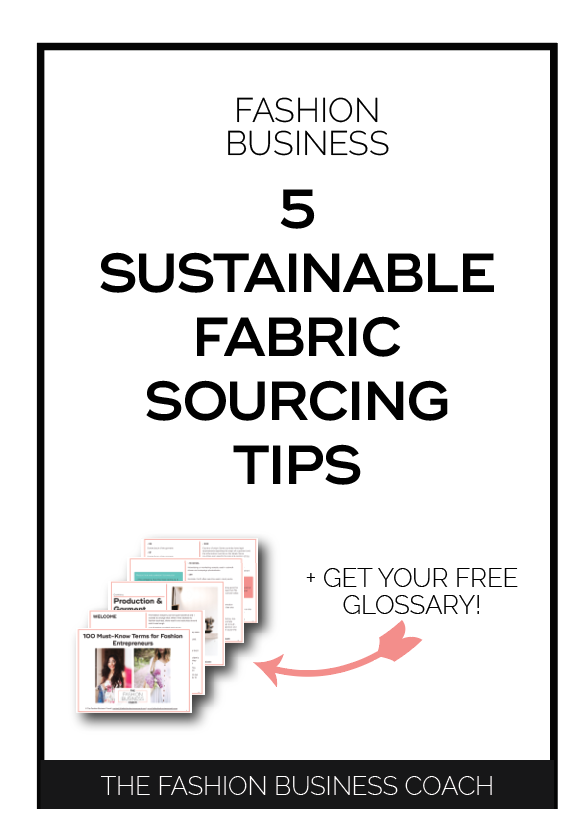
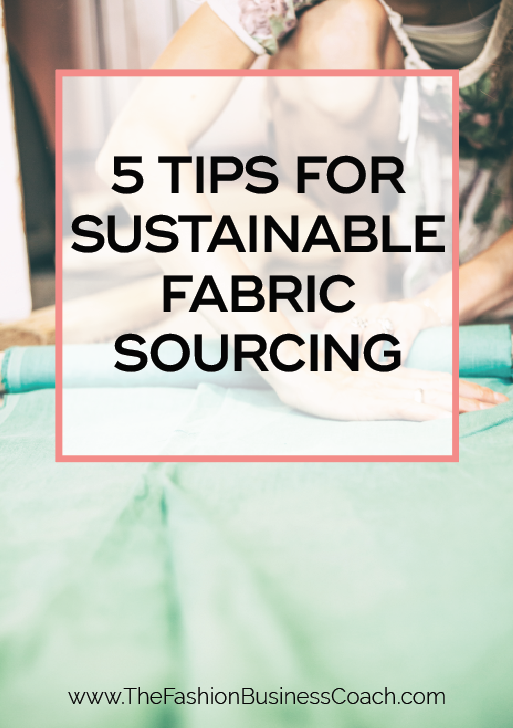
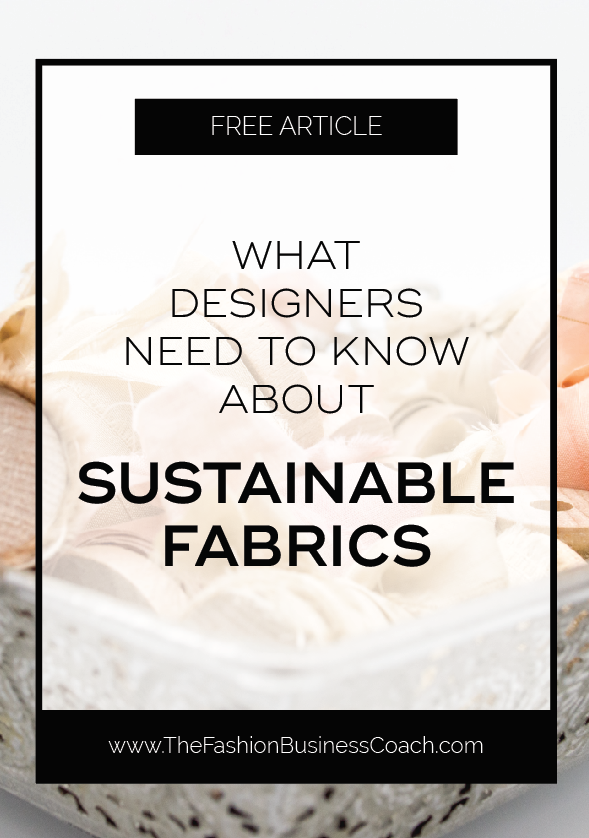
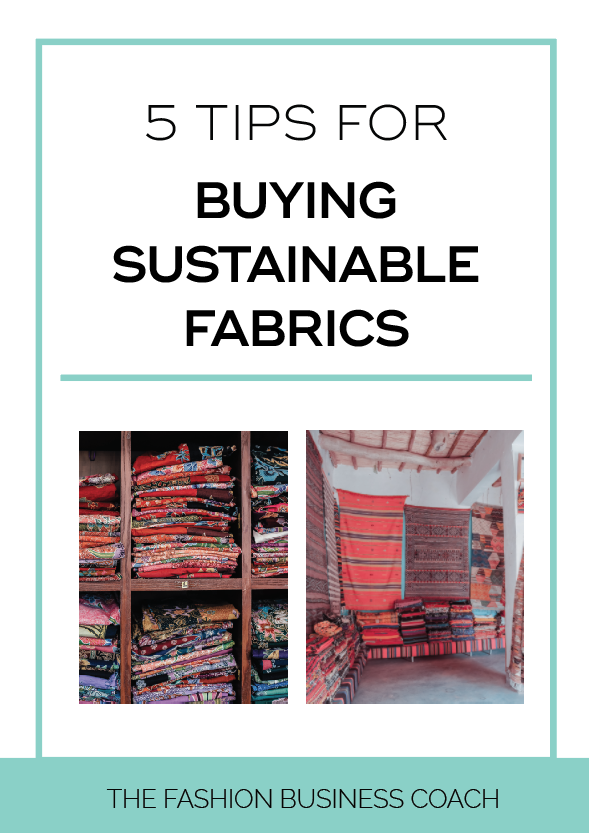
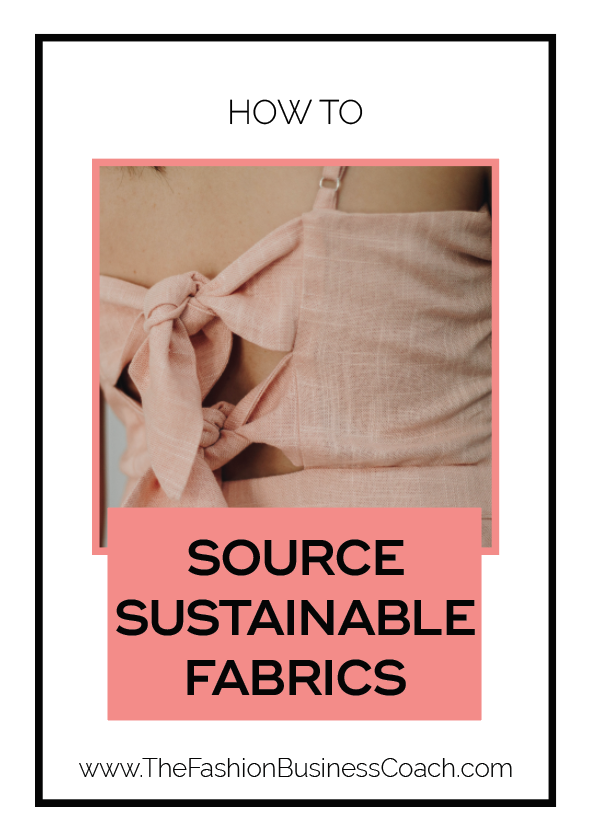
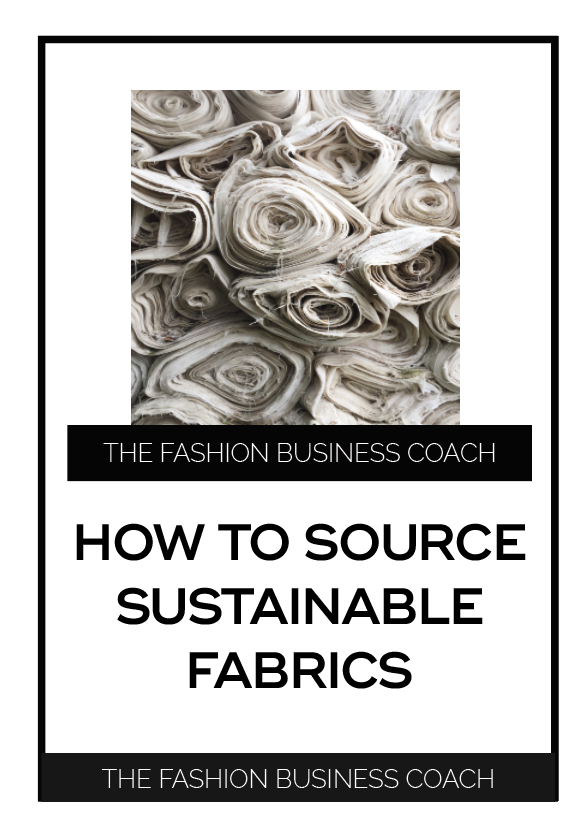
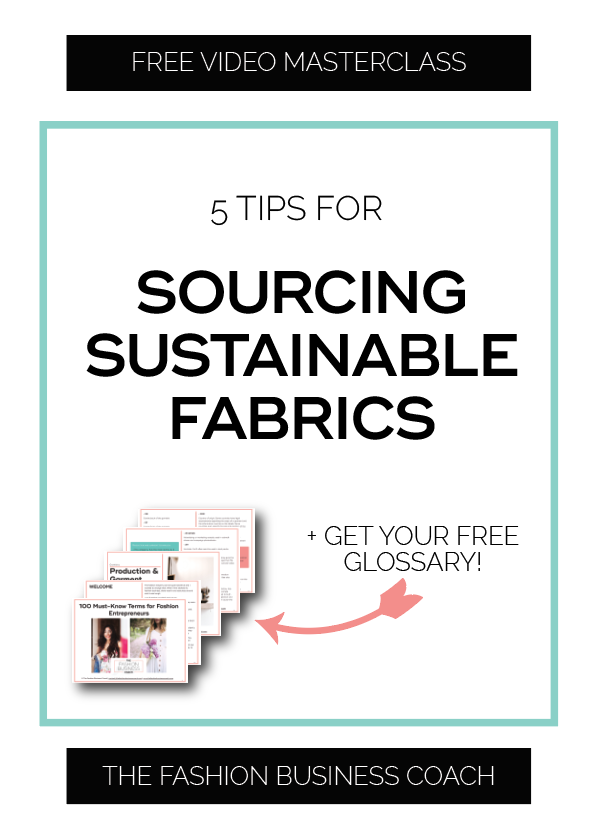
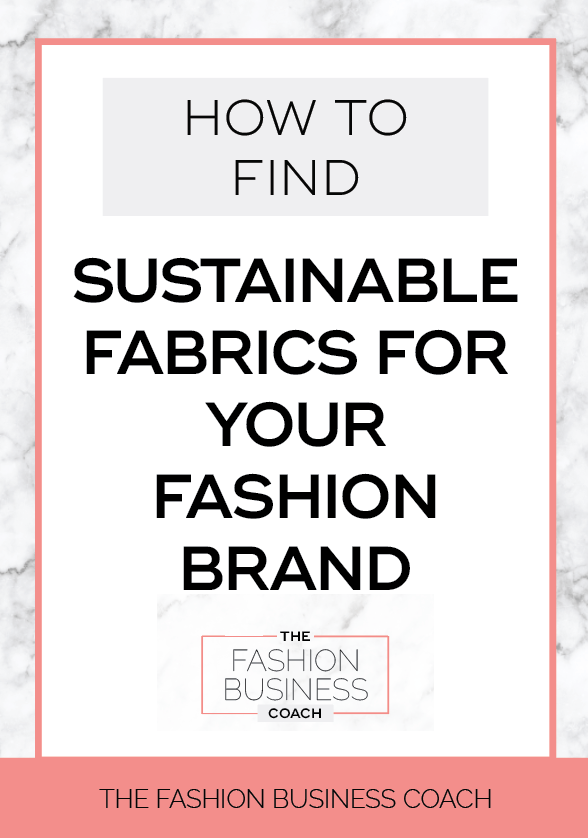
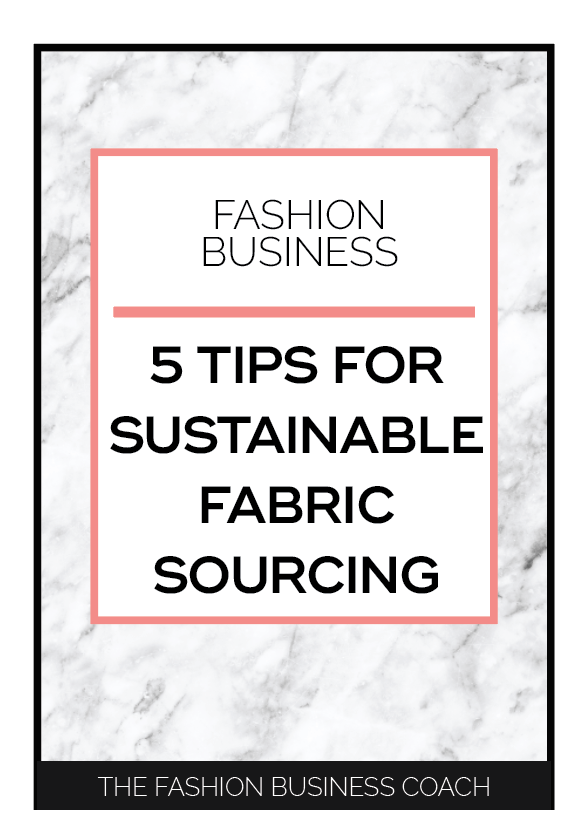
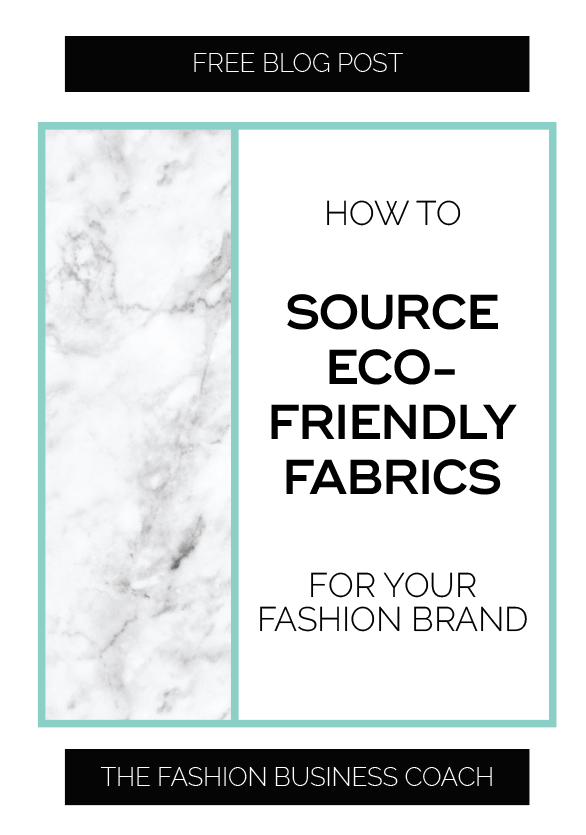
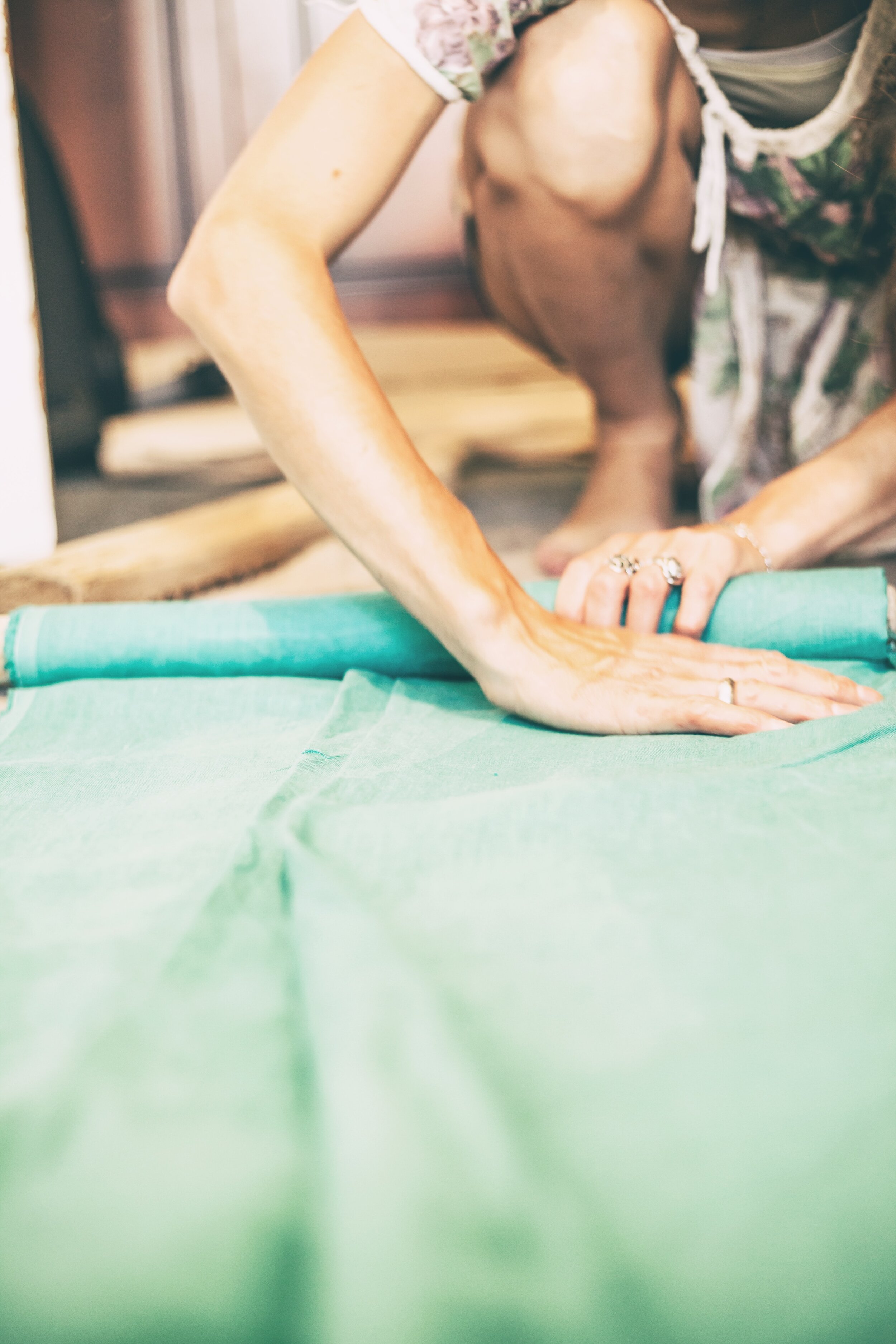















Pickleball outfit inspiration……